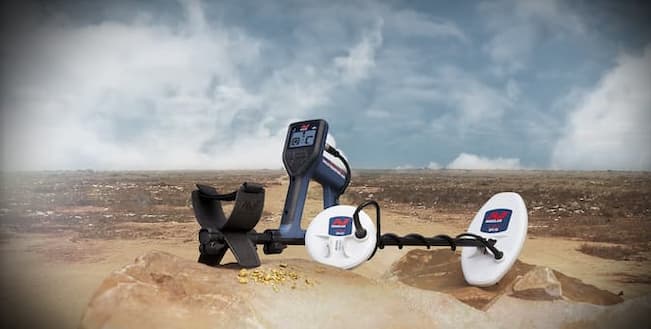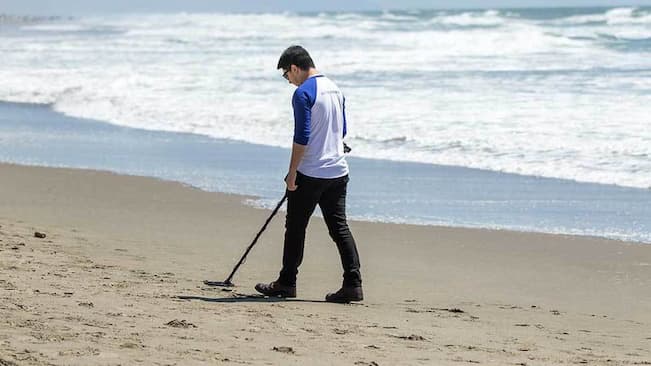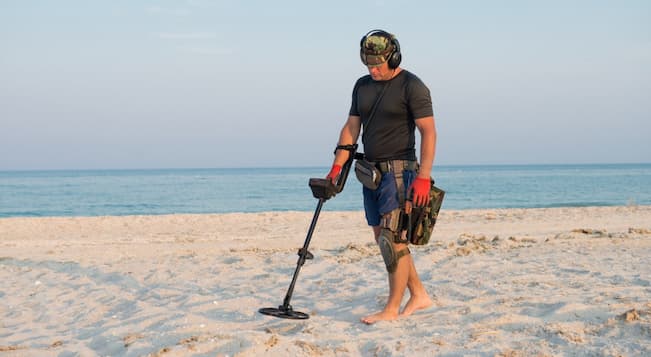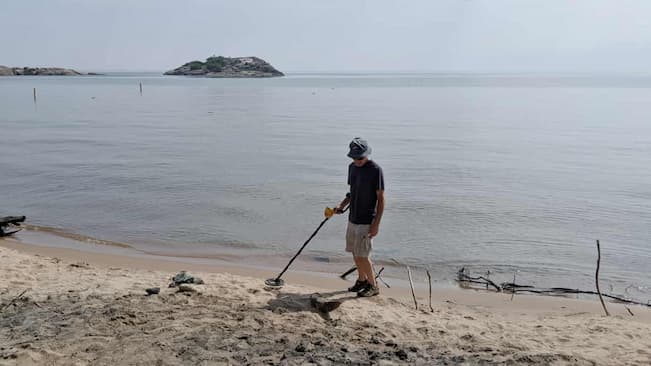Looking to embark on a treasure hunt at the beach? What an exciting prospect! Beachcombing can be a fun and rewarding activity, particularly if you live near the coast. Not only can you find lost coins and other trinkets, but with a bit of luck, you may even stumble across something more valuable, like jewellery or ancient artifacts.
Aside from its rewards, this particular hobby comes with a handful of challenges as well. But with the proper tools and equipment, as well as a bit of know-how, you can overcome any obstacle and make the most of your time at the beach. One of the most important pieces of equipment you’ll need to get is a suitable metal detector for beach exploration. Stick around to find out how to choose the right one for you.
What Are the Best Types of Beach Metal Detectors?
When it comes to scouring the beach for valuables, you’ll want to make sure you have the right type of detector for the job. There are three major types of detectors, depending on their scanning capabilities.
VLF Detectors

Very low-frequency or VLF detectors are the most popular type of metal detector for beach on the market. This is because they offer a good balance of features and performance without being too expensive. They’re also relatively lightweight, so they’re easy to carry around.
VLF detectors use two coils to locate metal objects. One coil acts as the transmitter while the other receives electrical signals. When they’re close to a target object, they emit a sound that alerts the user. This gives them the ability to locate delicate objects, such as coins and jewellery.
Their design makes them ideal for beginners, seeing as they’re pretty easy to use and don’t require a lot of experience. So, if you’re looking for a place to start, a VLF beach metal detector might be exactly what you need.
Pulse Induction Detectors

If you’re looking for a more sophisticated metal detector, a pulse induction (PI) model may be a good option. These detectors are more sensitive than VLF devices and can track down smaller objects more easily.
In terms of build, both the transmitter and receiver are located in the same coil, which allows the device to emit a short pulse of electricity that travels through the ground. If the signal reaches any metal objects along the way, it will create a change in the pulse that the detector can pick up on.
Although pulse induction detectors are more sensitive than VLF detectors, they do require more experience for proper use. This is because they can often give off false positives in mineralised soil, which can easily trick the untrained eye.
Magnometers
This device measures the magnetic field that is created by metal objects. It is useful for finding objects that are deeply buried, as well as those that are small or made of non-conductive materials such as gold or silver. When such valuables are detected, the magnometer emits an audible sound.
When it comes to their structure, magnometers are often larger and heavier than other types of metal detectors. They also require more care and maintenance, as the electronic parts are more delicate.
What Beach Areas Are Best for Using Metal Detectors?

There are a few key areas you should focus on when using a metal detector for beach exploration. Visiting these places increases your chances of finding something valuable.
Towel Lines
Whenever people decide to head into the water, they leave their belongings behind on the towel line. More often than not, some of these valuables get left behind, giving you a whole playground of lost treasures to discover.
High Activity Areas
These locations are generally louder and more congested, which inherently means that things will get lost more often because people are more likely to drop something by accident. Such places include beach bars and restaurants, lifeguard stands, and public showers.
Shady Spots
The beach can be a hot, sunny place, and sometimes people just want to take a break from the harsh and scorching sun rays. In cases like that, people oftentimes retreat to shady spots to cool down a bit. These can be under an umbrella, underneath a tree, or in the shadow of a building. Once they’re huddled up in the shade, people are more likely to take their eyes off their belongings, making them more likely to lose something.
When Is the Best Time to Go Metal Detecting on the Beach?

Timing is everything when it comes to beachcombing, which is why you should pay special consideration to when you go off on your metal detecting adventure. Some weather conditions are more beneficial than others, so you’ll want to take that into account.
Low Tide
One of the best times to detect on a beach is during low tide. When the water recedes, it reveals new areas of sand that were previously underwater. This, in turn, exposes any objects that may have been caught in the tide or washed ashore. Of course, you should be careful not to get stranded on an island or lose track of time, as the tide can come in quickly.
After Storms
Another suitable time for beach metal detecting is after a storm. High winds and waves can move sand around, revealing objects that were hidden before. Just be sure to check for any dangerous conditions, such as downed power lines or flooding to ensure your safety.
























